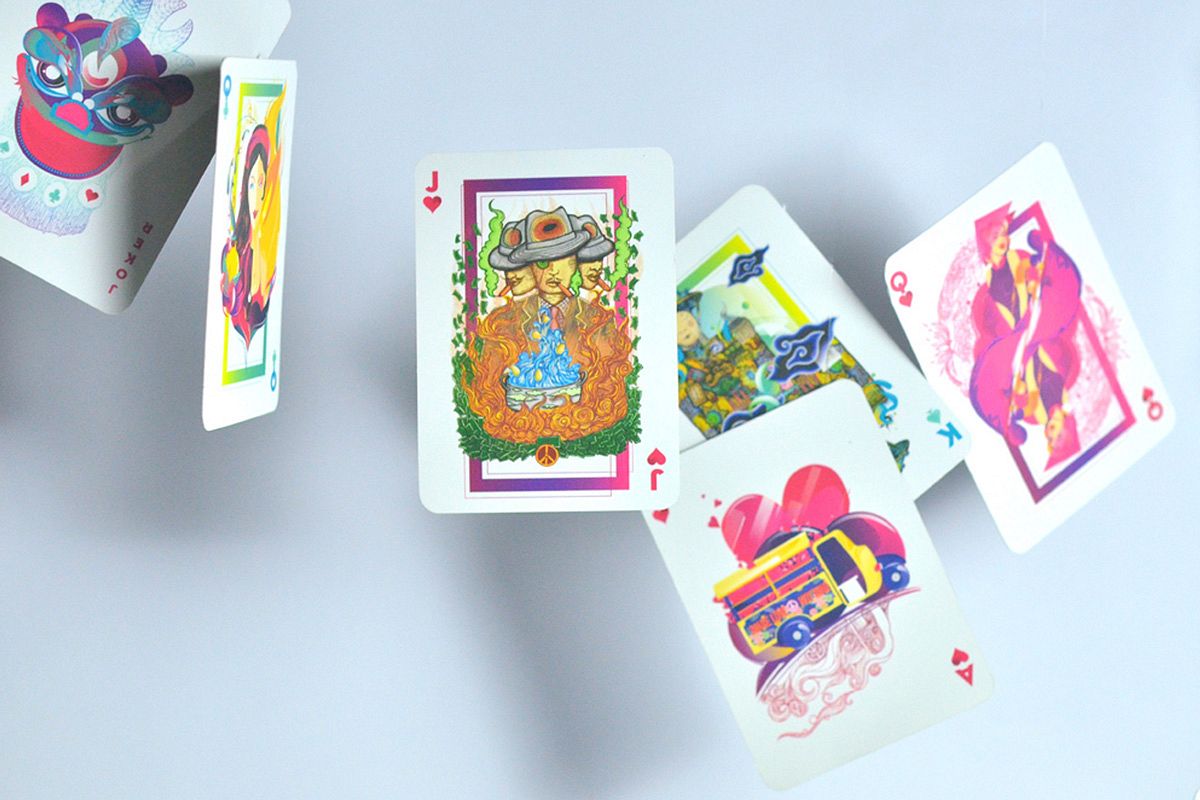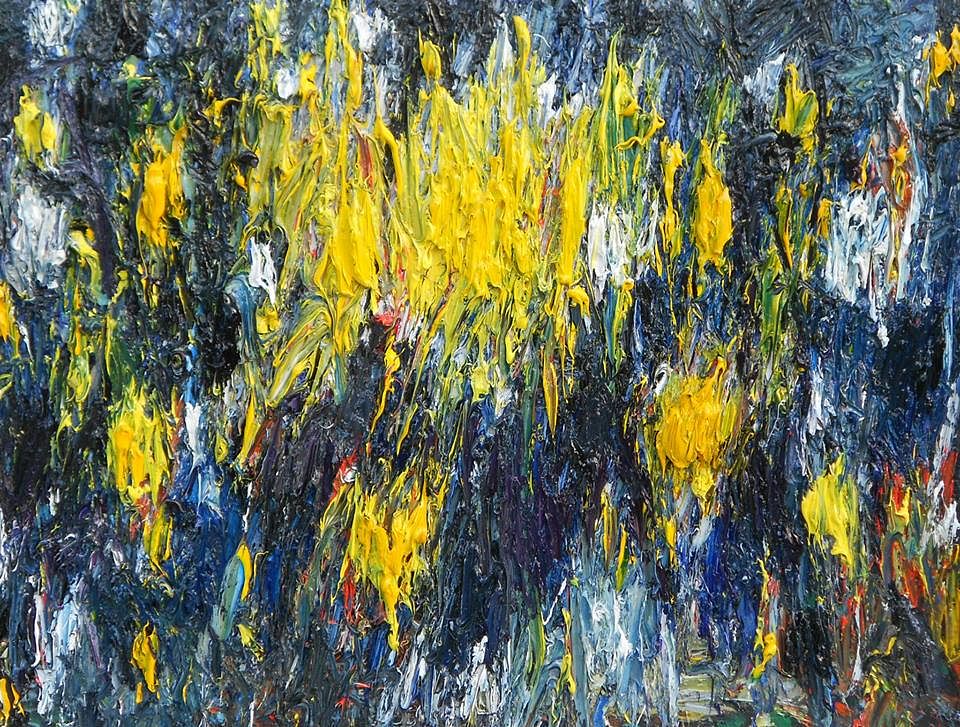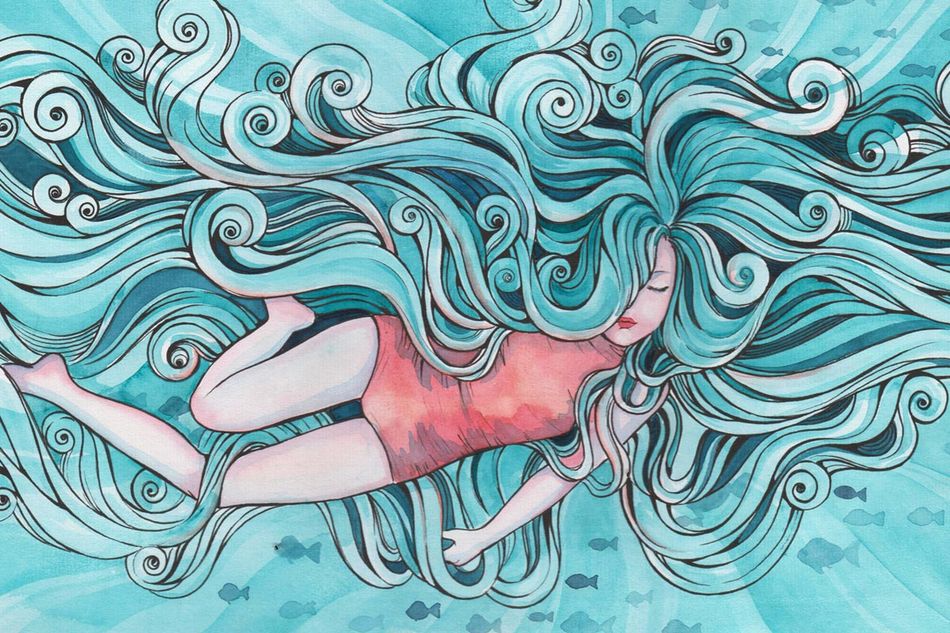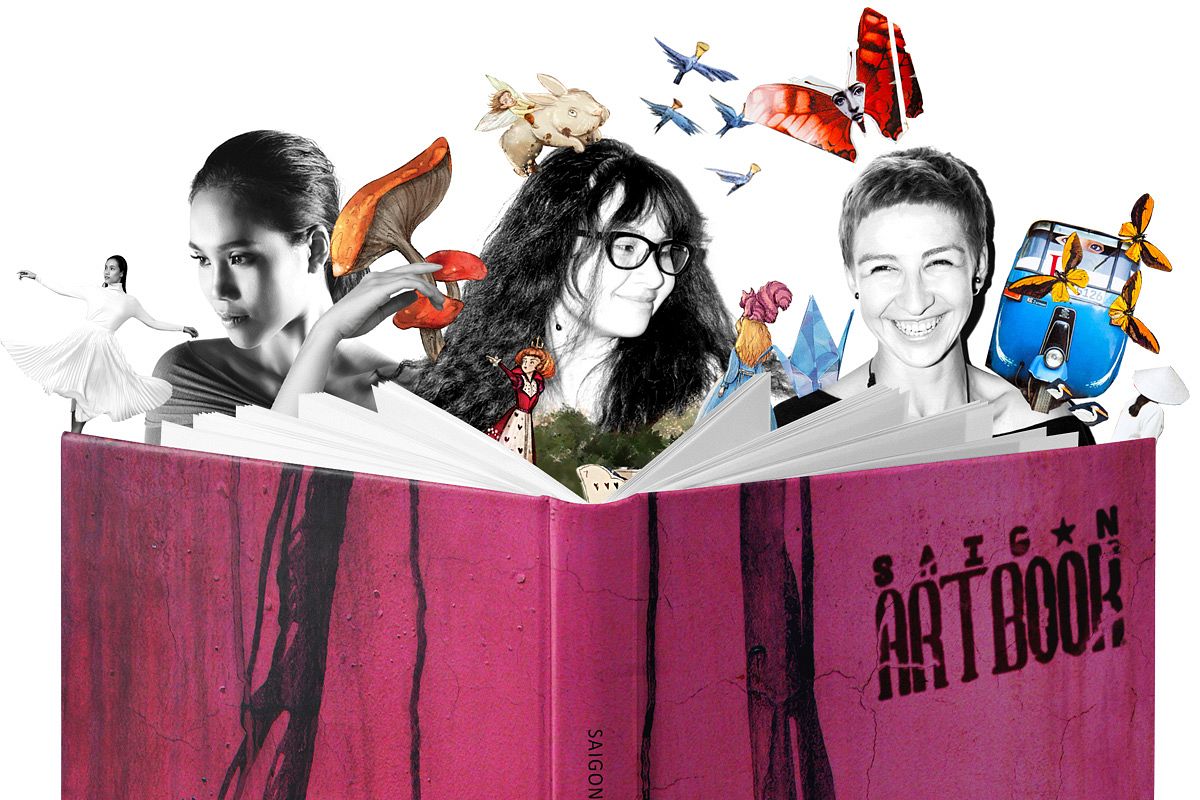Nguyen Thi Thanh Mai’s latest thought provoking and socially conscious exhibition, Day by Day, is currently on view at Sao La.
Related articles:
- New Art Initiative In Saigon: Sao La
- Zelda Goes To The Gallery: Mr. Bastian The Time Traveller
- Zelda Goes To The Gallery: World in My Mind
The Hanoian artist’s career has been marked by topics regarding sexual exploitation of children; the harsh realities that women often endure (The Scar) and in this exhibition, she reveals, through real documentation and artistic re-interpretation, the uncomfortable realities of displaced Vietnamese people in Cambodia.
This new body of work is the culmination of a two-month residency “Pisaot” with the Sa Sa Art Project in 2014. During that time and the following months, Mai undertook extensive research and visited three fishing villages near Tonie Sap Lake, located in Siam Reap Province, and in Long An at the border between Cambodia and Vietnam.
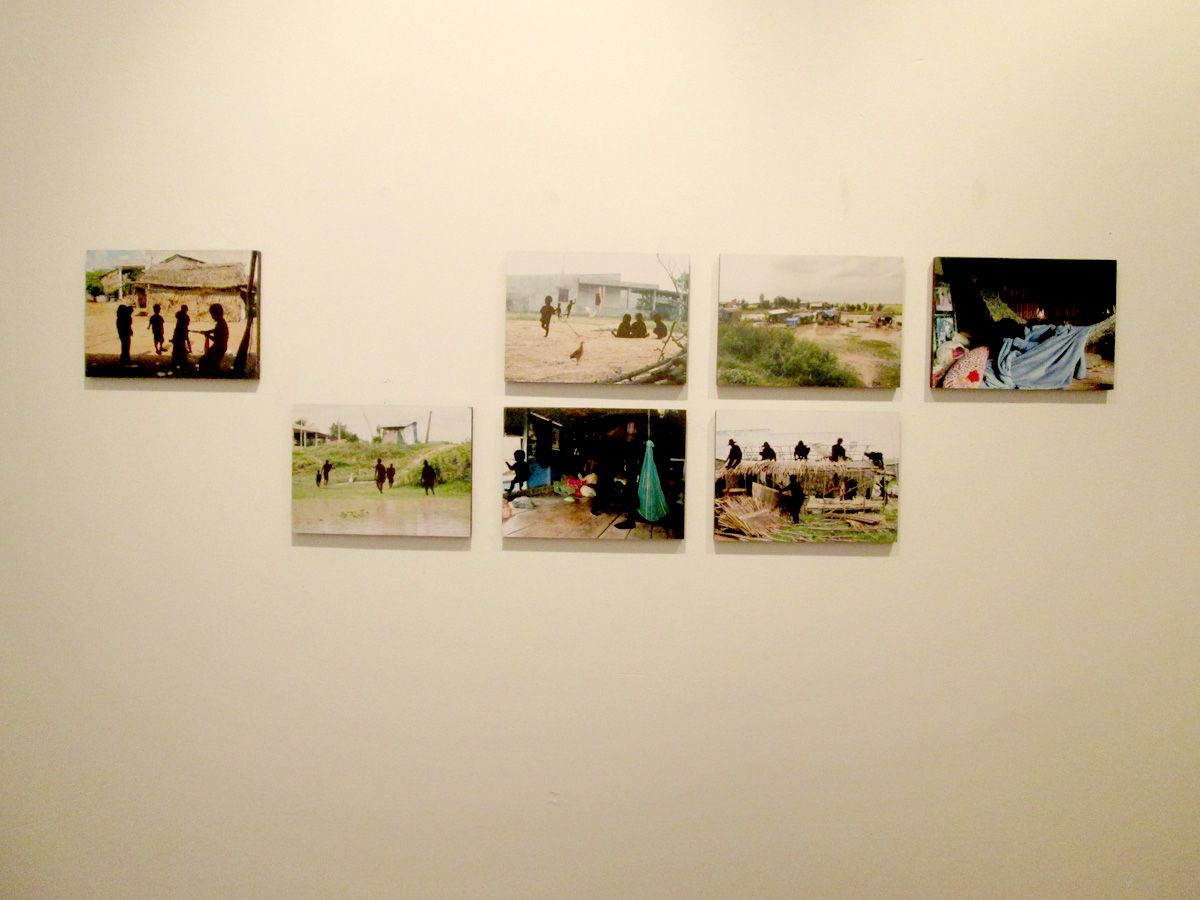
Shadow - Ink on digital C prints, 2014
Through photographs, two installations and a video documentary, Day by Day documents the lives of numerous Vietnamese that migrated to Cambodia and find themselves in an awkward situation where neither country recognizes them as citizens, leaving them without ID cards or residency documents.
The show is broken up into three distinct sections named, “Travels”, “Shadow” and “ID Card”.
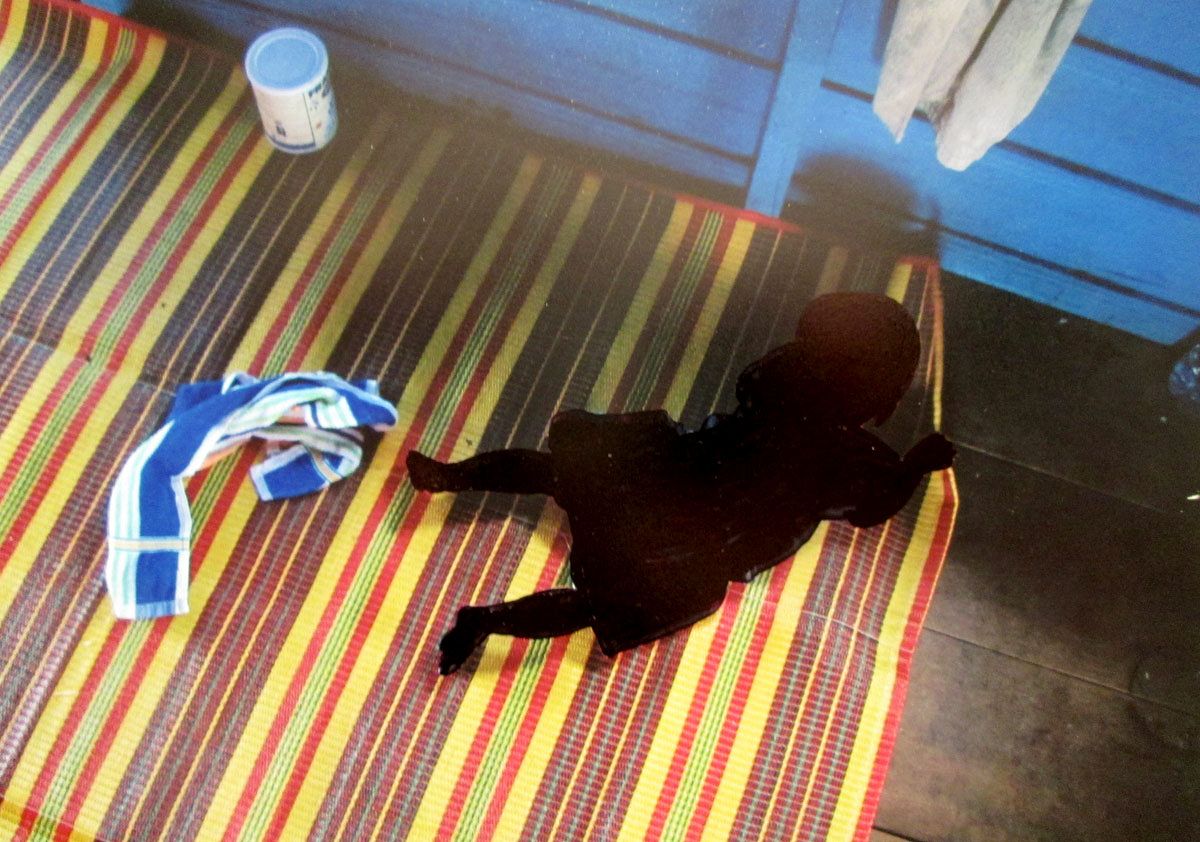
Shadow - Ink on digital C prints, 2014
“Shadow” consists of small-scale digital prints depicting mundane and everyday activities in these villages, such as building hats, resting on hammocks, and playing with dogs, all which are common scenes throughout many villages in Vietnam. However, upon closer inspection, we notice that all the people in these images have been blacked-out using ink; the result is both striking and surreal, as if these people did not in fact exist in these realities.
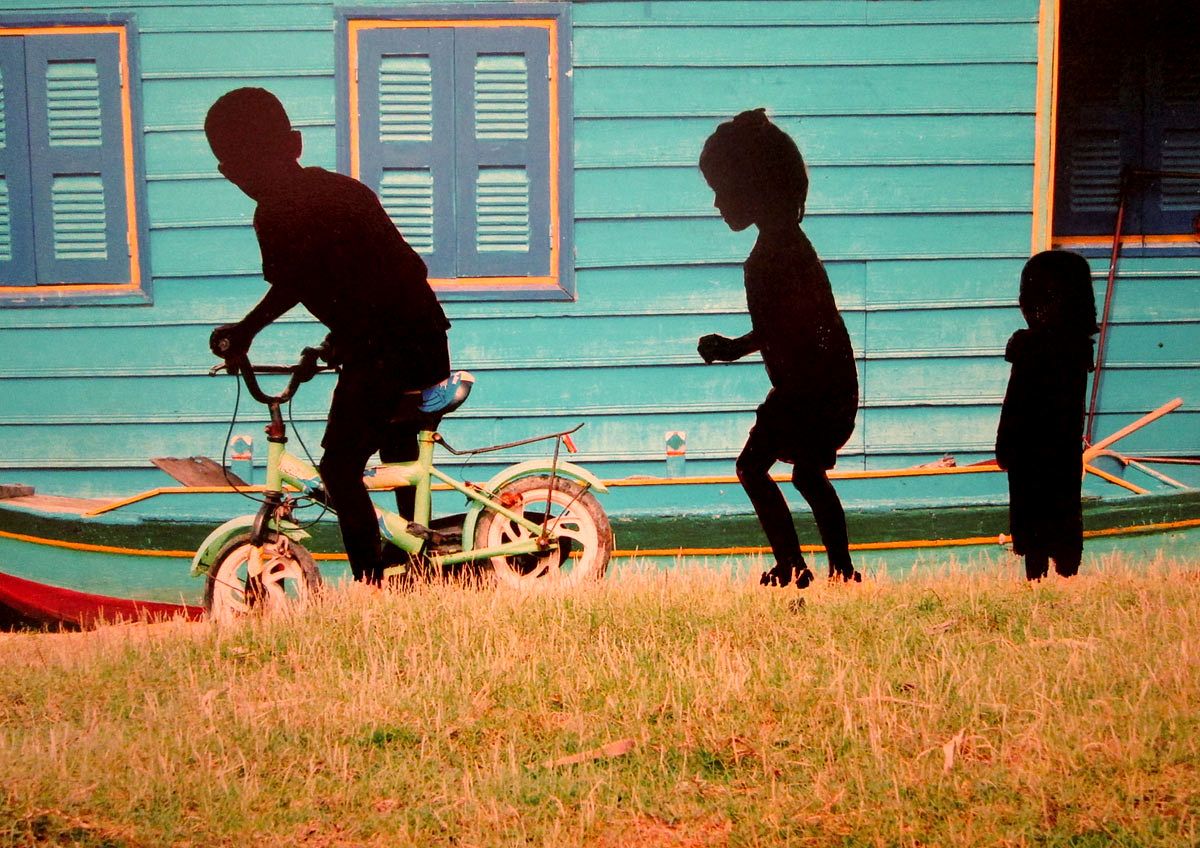
Shadow - Ink on digital C prints, 2014
In the portion labelled “Travels,” Mai built a real bamboo hut that is the most common form of habitation in these areas. Since they do not have any personal documents, most villagers can neither rent nor buy property, forcing them to build these low-cost huts. Even in the rare case where they manage to buy a piece of land, this is only possible for a couple of years, as after this period they are forced to move and take their home along with them.
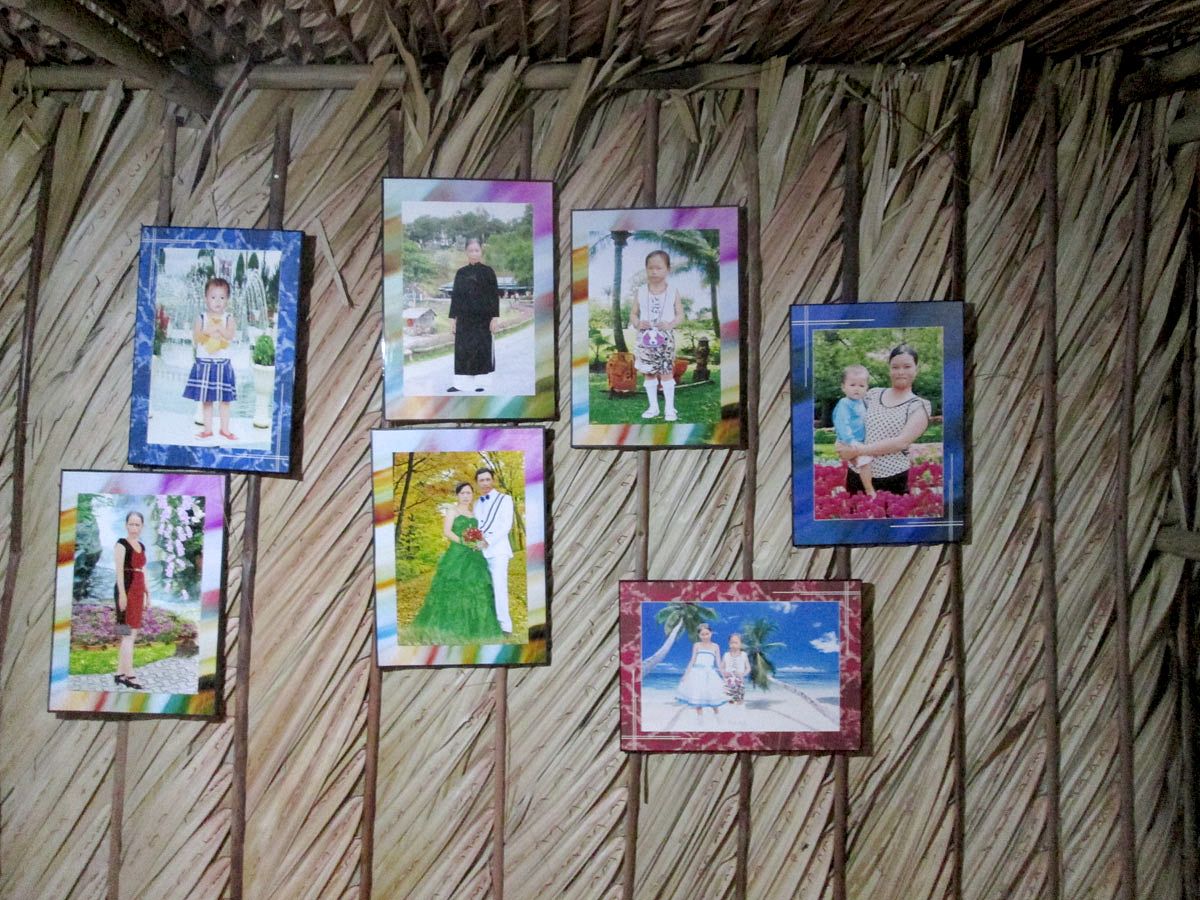
Travels - Bamboo installation and digital C prints of digital collages, 2014
These homes are often filled with fake photographs depicting family members in disparate places. Since they are not allowed to travel, it is common for villagers to commission a local photographer to photoshop their faces on other people’s bodies in location or in situations that they would have liked to experience but were unable to. The initially kitsch-looking photographs of two young children on a travel-ad-beach or of a couple on their wedding day or of man in a suit standing next to an expensive motorbike suddenly generate a sense of sadness and sympathy.
Cambodia is currently extending the possibility of citizenship to these stateless communities with two-year resident cards that need to be renewed three times before they can apply for permanent citizenship. However, this has been problematic due to the cost of the application ($5 each) what has proven prohibitive for some people. In order to gain better jobs at factories near the border, for instance, some villagers have resorted to buying fake forms of identification or assumed the identity of deceased individuals that had ID cards.
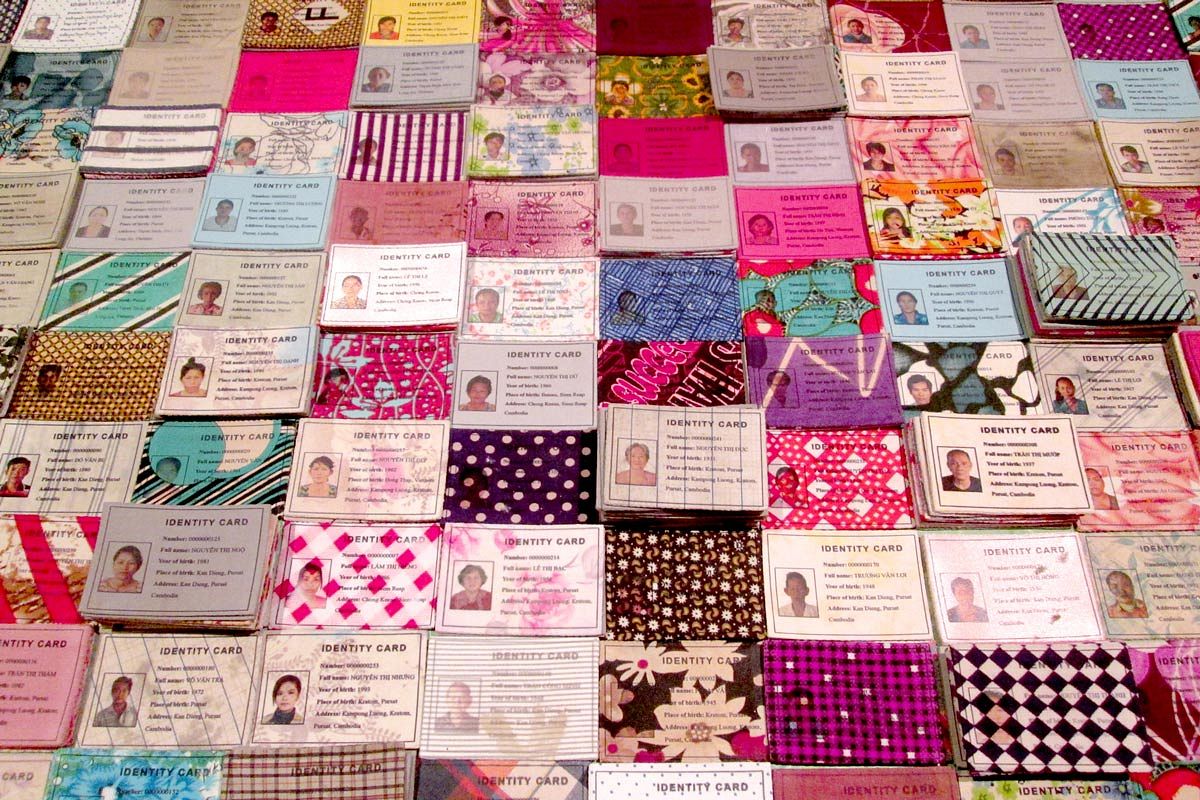
ID Card - Transfer print on recycled fabric, 2014
“ID Card” is Mai’s creative way to give identity and dignity to the many people she encountered trapped in residency limbo. She gathered pieces of old clothes from the villagers, took passport-size photos of them, and made 348 ID cards with their personal information but no country of origin.
Mai explained in her Artist’s statement: “An ID is like the key for change in the life of some people: it could be identity, it could be power, it might be a matter of classification, it could be their dream.”
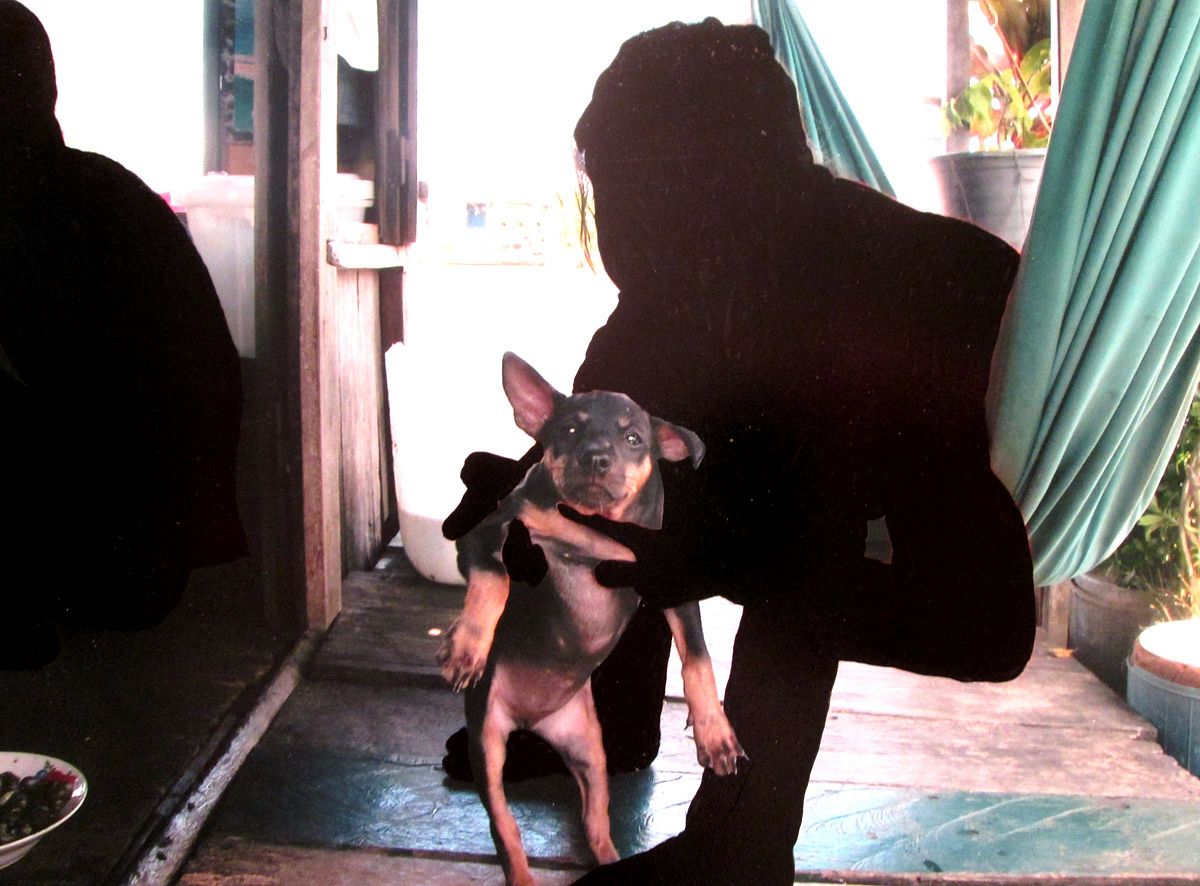
Shadow - Ink on digital C prints, 2014
Through art, Mai has brought these often forgotten Vietnamese community’s experiences to life and, by doing so, has proven once again to be a powerful and socially challenging artist who differs from what is normally seen in Saigon’s art scene.
Day by Day can be seen at Sao La and it is also part of March Art Walk.


